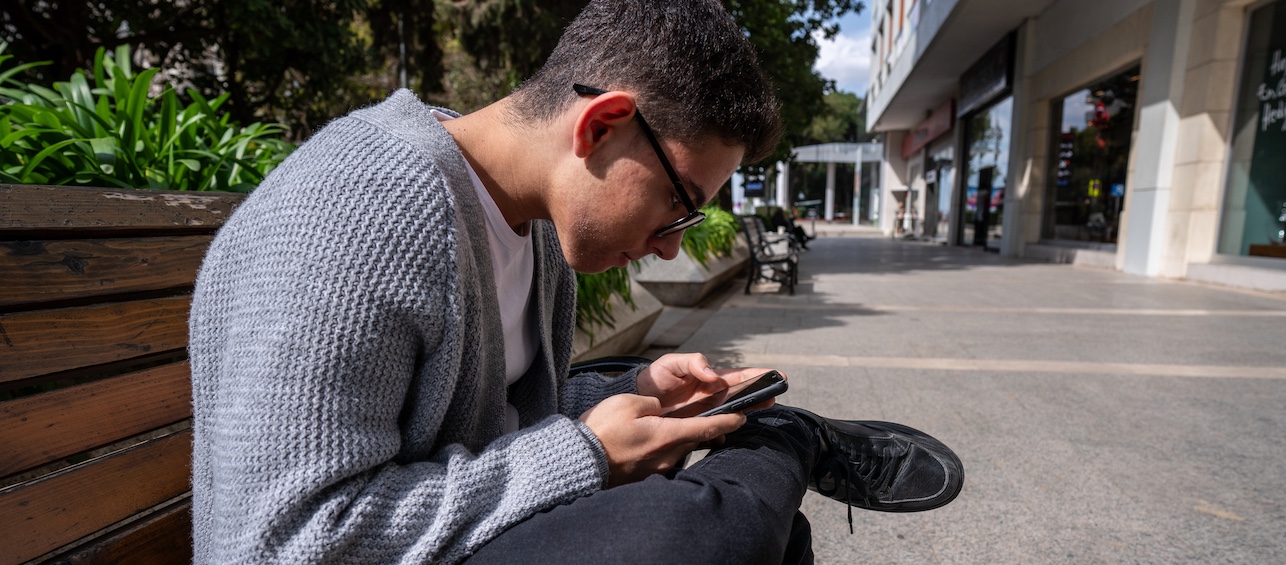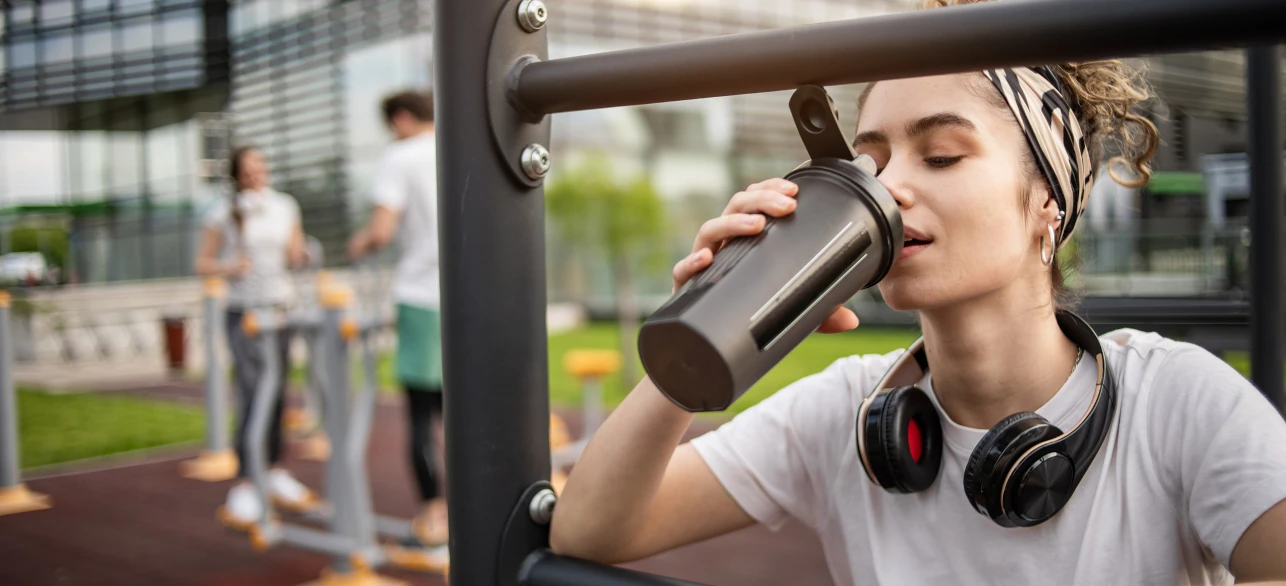Do you have a teen who slouches a lot? Are you often reminding your teenager to sit or stand up straight?
Poor posture is a common issue during the teen years. While sometimes it might be due to being moody, that hunch in the back is actually a part of the natural adolescent growth spurt.
But that doesn’t give your child a free pass to walk around with their shoulders rounded all the time. As an orthopaedic surgeon, I see a lot of patients with back pain in the teen years. Here are 5 questions I commonly receive from parents about posture and teenagers, plus tips to prevent related back pain.
5 Frequently Asked Questions About Teens and Posture
1. Why do a lot of teens have poor posture?
Teens undergo a growth spurt during adolescence, where the long bones in the legs grow faster than the muscles. This causes the hamstrings — the muscles in the back of the thigh — to tighten. The tight hamstrings pull the bottom of the pelvis toward the knee, making it difficult for teens to maintain good posture, even when they try to sit or stand up straight.
It’s almost like your child is fighting a rubber band that’s pulling. And eventually those hamstrings win, causing your teen to slouch.
So poor posture is not just a bad habit, but a physical mismatch between bone growth and muscle flexibility. The medical term for this posture is kyphosis.
I see a lot of families who are concerned their teen’s back pain could be a sign of scoliosis. However, during the teen years, chronic back pain is rarely due to scoliosis.
2. Could my child’s poor posture lead to problems in the future?
In the short term, poor posture can lead to overworked back muscles and subsequent aches and back pain. This type of pain can come and go.
Longer term, people who slouch a lot during that period of rapid growth are at risk of structural changes in the spine. That means that the kyphotic posture of the spine could become more permanent. Structural spine changes take a long time to develop and are more likely to occur in someone who continuously hunches over for very long periods of time.
3. What are the benefits of good posture?
Good posture is beneficial for a number of reasons. Talk to your teen about the following pros of good posture.
Good posture can:
- Help avoid straining muscles that can lead to aches and pains in the back, neck and shoulders
- Reduce long-term wear and tear on the joints, especially in the spine
- Help strengthen core muscles
- Make it easier to breathe
- Help prevent sports injuries
I recommend being vigilant about good posture, because you don’t want to risk a structural change in the spine during that rapid growth period.
4. My child is complaining of back pain. What should we do?
If your child has had back pain for more than three months, we start calling that “chronic” back pain. Begin with a call to your primary care doctor.
Since the root of poor posture during the tween and teen years is usually related to tight hamstrings, the first line of treatment is typically hamstring stretches and/or physical therapy. I rarely prescribe medications for this type of pain, because it responds so well to stretching and physical therapy.
When I meet with a teen whose back pain is related to poor posture, I start by educating them on the changes happening in their body. I also try to help them understand how proper posture allows their body weight to rest on their bones versus their muscles.
5. What is good posture?
Good posture doesn’t mean standing straight as a board. There are natural curves in the spine: at the neck, in the middle of the back, and in the lower back.
To practice good posture, the ears should be aligned over the shoulders, the shoulders should be back and relaxed, and the top of the shoulders should be over the hips.
Fortunately, you usually don’t need to consciously think about your posture. But talking to your teen about what proper posture looks like can help them understand why it’s important. Instead of “stand up straight,” try using a “did you know” approach.
Practical Pointers
The straighter the knee is when sitting, the harder it is to sit up straight. So teens will be doing their backs a favor when they sit in a chair at a desk or table to do school work, rather than sitting in bed or sideways on a couch with their legs straightened out.
When it comes to promoting good posture, go over these tips with your teen:
| This: | Is better than this: |
| Sitting at a desk with knees bent to do homework | Sitting or lying in bed to do homework |
| Using a stand for prolonged use of cell phones | Holding cell phones in in your lap, which encourages a rounded back |
| Sitting with a lower backrest (lumbar support) | Sitting for a long time without any back support |
Over time, muscle growth in your teen catches up to their bone growth, but can lag behind a few years. When this happens, it’s easier for them to sit up straight, and they naturally become less inclined to slouch.
Understanding why your teenager is prone to slouching and what can be done about it can help to ward off the back pain that many teens experience. Sharing the information in this post with your teen might be the reminder they need to be more aware of their posture.






